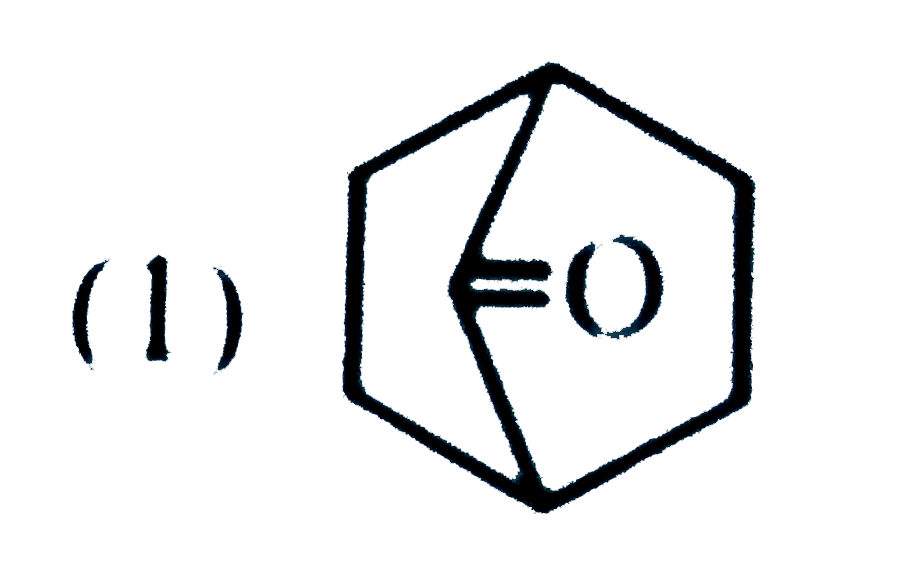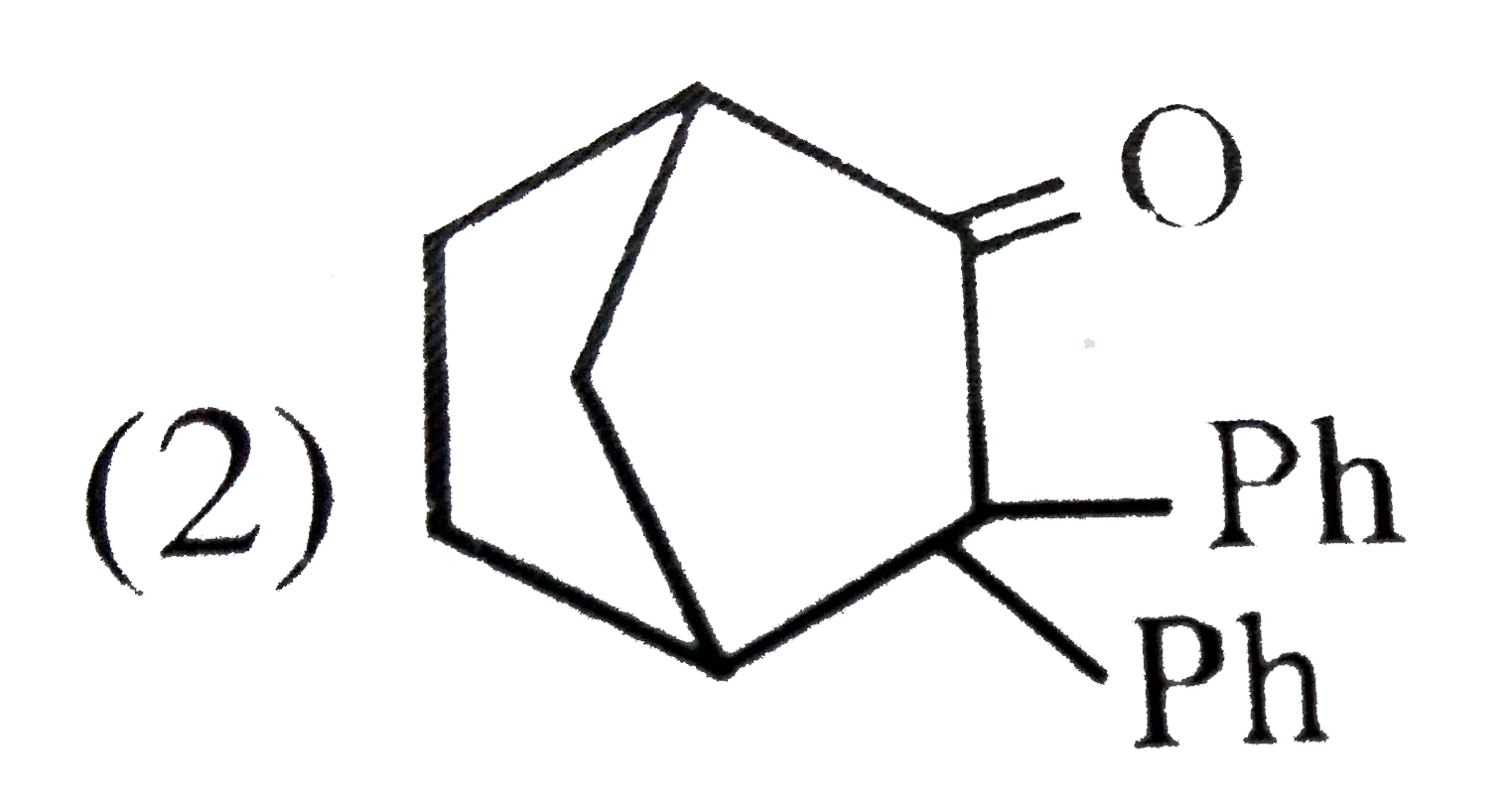Which of the following classes exhibits Polymorphism?
Hydrozoa
Scyphozoa
Calcaria
Polychaeta
The correct Answer is:A
To determine which of the following classes exhibits polymorphism, we need to analyze each option provided:
1. Understanding Polymorphism:
- Polymorphism refers to the occurrence of different forms or morphs within the same species or class. In the context of animals, it often involves different body forms or structures that serve various functions.
2. Analyzing the Options:
- Option 1: Hydrozoa
- Hydrozoa is a class of coelenterates that exhibits two distinct forms: polyps and medusae. Polyps are typically sessile and vegetative, while medusae are free-swimming and reproductive. This duality is a clear example of polymorphism.
- Option 2: Scyphozoa
- Scyphozoa includes true jellyfish, which primarily exist in the medusa form and do not exhibit polymorphism in the same way Hydrozoa does. Therefore, this option is incorrect.
- Option 3: Calcarea
- Calcarea refers to a class of sponges. Sponges do not exhibit polymorphism as they do not have distinct body forms like polyps and medusae. Thus, this option is also incorrect.
- Option 4: Polychaeta
- Polychaeta consists of bristle worms. While they may show some variation in morphology, they do not exhibit true polymorphism as seen in Hydrozoa. Hence, this option is incorrect as well.
3. Conclusion:
- Based on the analysis, the only class that exhibits polymorphism is Hydrozoa.
Final Answer:
The class that exhibits polymorphism is Hydrozoa.
- Polymorphism refers to the occurrence of different forms or morphs within the same species or class. In the context of animals, it often involves different body forms or structures that serve various functions.
- Option 1: Hydrozoa
- Hydrozoa is a class of coelenterates that exhibits two distinct forms: polyps and medusae. Polyps are typically sessile and vegetative, while medusae are free-swimming and reproductive. This duality is a clear example of polymorphism.
- Option 2: Scyphozoa
- Scyphozoa includes true jellyfish, which primarily exist in the medusa form and do not exhibit polymorphism in the same way Hydrozoa does. Therefore, this option is incorrect.
- Option 3: Calcarea
- Calcarea refers to a class of sponges. Sponges do not exhibit polymorphism as they do not have distinct body forms like polyps and medusae. Thus, this option is also incorrect.
- Option 4: Polychaeta
- Polychaeta consists of bristle worms. While they may show some variation in morphology, they do not exhibit true polymorphism as seen in Hydrozoa. Hence, this option is incorrect as well.
- Based on the analysis, the only class that exhibits polymorphism is Hydrozoa.
The class that exhibits polymorphism is Hydrozoa.
Topper's Solved these Questions
- ANIMAL KINGDOMBOOK - MODERN PUBLICATIONCHAPTER - ANIMAL KINGDOMEXERCISE - CHAPTER PRACTICE TEST
15 Videos
- ANIMAL KINGDOMBOOK - MODERN PUBLICATIONCHAPTER - ANIMAL KINGDOMEXERCISE - COMPETITION FILE OBJECTIVE TYPE QUESTIONS (ASSERTION TYPE QUESTIONS)
15 Videos
- ANATOMY OF FLOWERING PLANTS BOOK - MODERN PUBLICATIONCHAPTER - ANATOMY OF FLOWERING PLANTS EXERCISE - Chapter Practice Test
10 Videos
- BIOLOGICAL CLASSIFICATIONBOOK - MODERN PUBLICATIONCHAPTER - BIOLOGICAL CLASSIFICATIONEXERCISE - CHAPTER PRACTICE TEST
16 Videos
Similar Questions
Knowledge Check
Which of the following exhibits resonance?
AO3BNH3CCH4DH2OWhich of the following is not exhibited by
AmilkBbloodCsolution of ureaDice creamWhich of the following can exhibit tautomerism:
A B
B C
C D
D
Which of the following exhibits H-bonding ?
View SolutionWhich of the following does not exhibit tautomerism?
View SolutionWhich of the following does not exhibit tautomerism?
View SolutionWhich of the following will exhibit chirality?
View SolutionWhich of the following exhibits tautomerism ?
View Solution
